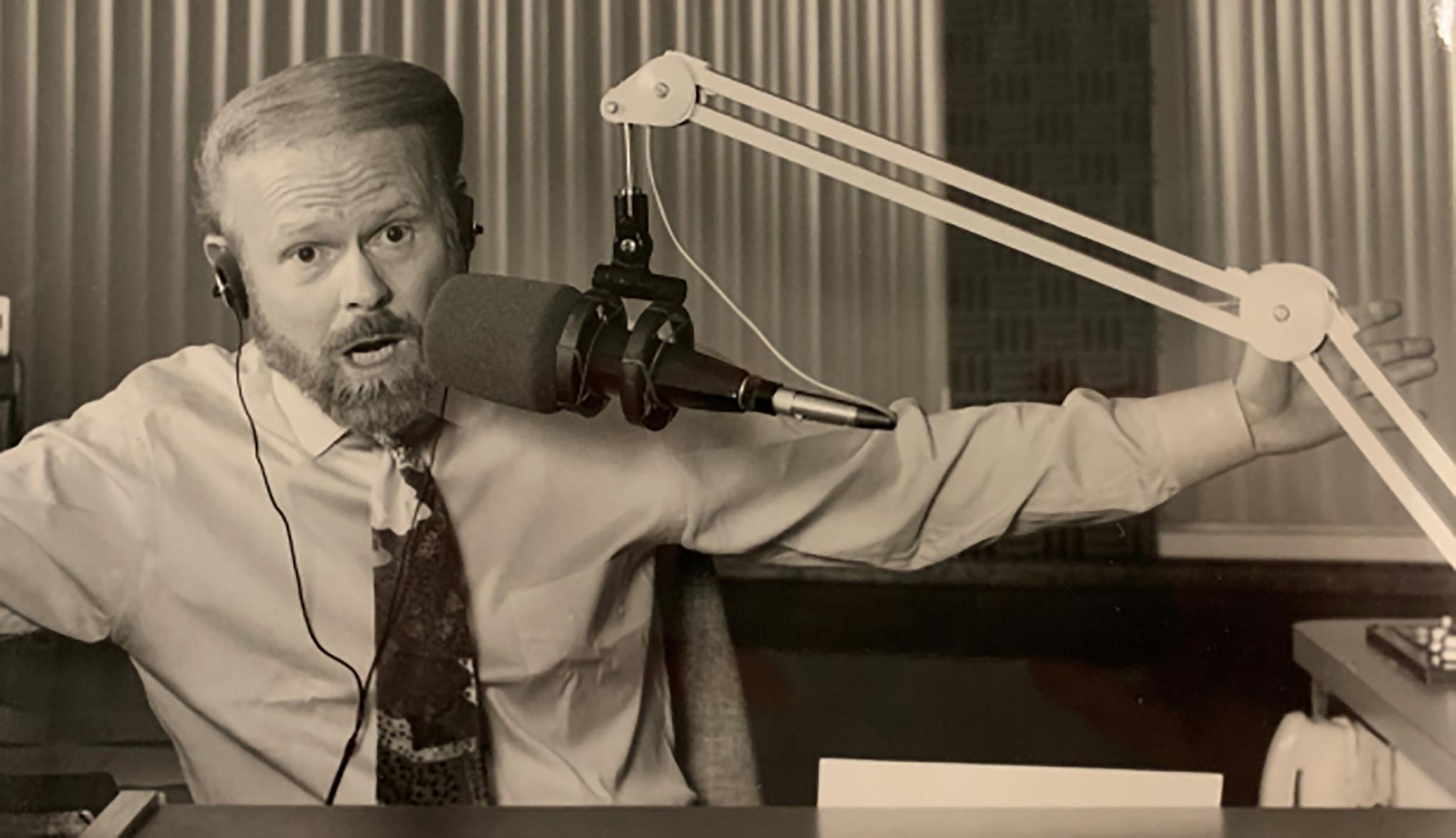In 1975, cattle farmers in Elbert County southeast of Denver began finding gashes on their cows and a subversive Denver comedian saw an opportunity to cash in.
Mike Warnke, a "Christian comedian" who also declared himself a Satanic priest, declared the mutilation had been carried out by devil worshippers preparing for a black sabbath. While his claims were easily debunked, his message resonated with a growing fear here, and across the nation, that the occult was growing and primed to suck young minds into its vortex of darkness.
This era of paranoia became known as "Satanic Panic," and it's the subject of a recent history blog by Denver Public Library archivist Alex Hernandez.
Like many of his colleagues, Hernandez spend a lot of time in DPL's Western History Collection. When he finds something that piques his interest - often a topic that still holds relevance - he gathers as much info as he can and pipes it into an article for the library's website. On this occasion, Hernandez told us, he was going through "clippings files" of old newspapers when he noticed one titled "Satanism."
"A lot of it was more Satanic Panic-oriented stuff. There was no folder for Satanic Panic, so I decided to build one because I remember that pretty vividly, and it turns out there was a ton of stuff on it," he said. "I felt like that was an important part of history that had to be covered, especially for a lot of younger people who don't necessarily remember it. Plus with the whole QAnon thing going on now, it's really a direct line through human history."

Here's what happened in the '70s and '80s:
America once feared Communists and interstellar invaders, but heavy metal was on the rise.
"Our collective paranoia regarding alien visitors was gradually replaced by the suspicion that legions of murderous Satanic cults bent on mutilating livestock and corrupting youth were living among us," Hernandez wrote in his piece.
Conservative pockets of America took notice with caution. Sanctuary, Inc., an organization based in Boulder, began publishing ads that warned parents about signs of "deviant" behavior.
"The typical profile included things like teens being intelligent, creative, curious, and alienated from the family's religion. Their signs of active involvement listed interests such as role-playing games, incense use, candles, and heavy metal music," Hernandez wrote. "Based on this type of overbroad criteria, it would be difficult not to define all teenagers as aspiring cultists."
In 1973, a pair of parents in Arvada hired a "deprogrammer" to work with their two daughters who had at that point moved out of the house.
"By all accounts, the women in their early twenties had simply left home and moved in together," Hernandez said in his piece. "They rejected the conservative religious adherence demanded by their parents, but were gainfully employed and showed no signs of being brainwashed by Satanists, vampires, or aliens."

In the late '80s Denver Police instituted an "Occult Crimes Unit," which "uncovered a 'Satanic gang' of 12 to 15 people who were suspected of minor burglaries and graffiti that depicted upside-down crosses, skulls, and the number 666."
Hernandez wrote that the Rocky Mountain News had no luck when news staff tried to find and interview the offenders, but wrote police alleged they had "plenty of interesting evidence and suspicion" that "human sacrifice and ritual sexual assaults" had taken place.
In 1988, an Aurora Police sergeant warned a group of parents that "the person sitting next to you in church may be a Satanist."
In 1989, "notorious shock jock/preacher/exorcist Bob Larson" started a radio show in Denver and charged people $95 a seat to watch him debate current and former Satanists.
Here's how Hernandez sees this tied to current events:
He said this kind of social upheaval has happened again and again in our country. The Salem Witch Trials might be a good example of this before Satanic Panic arrived, he said, and QAnon might be a good example of how this behavior is manifesting nowadays.
"A group of people has alike political values, and part of the way they grow strength is by demonizing the 'other,'" Hernandez told us. If there is no "other," he added, "they have to build one. And for some reason, throughout history, it always involves drinking baby's blood and sacrificing people to some unseen dark powers and global cabals."
The difference between then and now, of course, is social media's ability to spread fear and misinformation much faster than the pen-and-paper days.
While Hernandez said he wished he could focus a little more on the connections between the '80s-era panic and current conspiracy theories, he said people who are familiar with movements like QAnon will understand the parallels when they read his piece.
"Ideally, it'll add context to things going on now as well as contextualizing things that happened in the past," he said.













